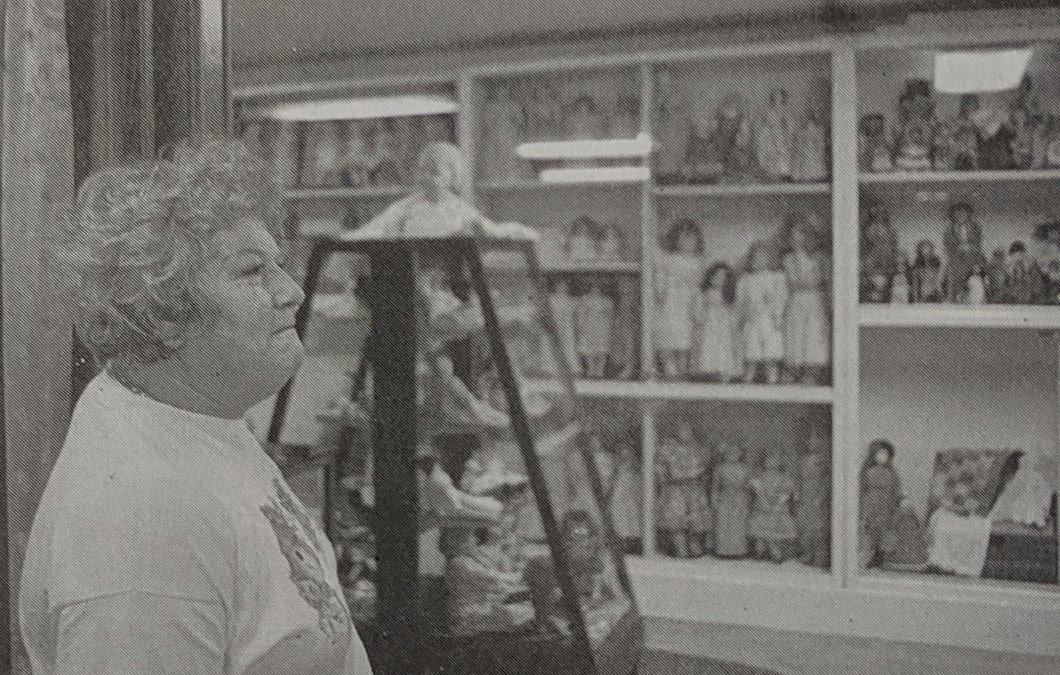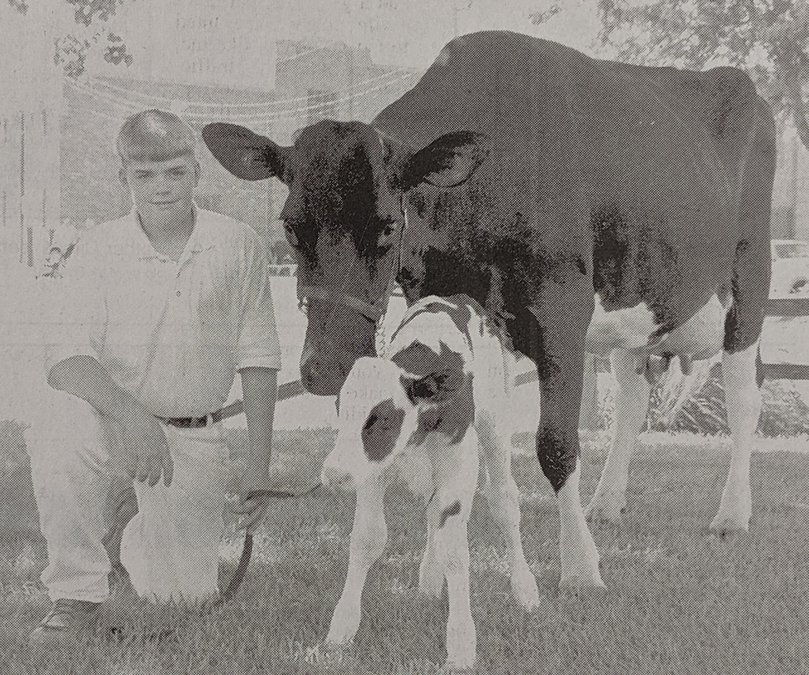Each week we’ll take a step back into the history of Great Bend through the eyes of reporters past. We’ll reacquaint you with what went into creating the Great Bend of today, and do our best to update you on what “the rest of the story” turned out to be.
In 1999, The Great Bend Tribune was laser focused on local and state news, with the exception of professional sports reports featured daily in the sports section of the paper. The only national or international news reported this week concerned the approach and landfall of Hurricane Dennis near and along the coast of the Carolinas.
But it was Aug. 31, 1999, that the first of a series of apartment bombings occurred in Moscow, killing one person and wounding 40 others. Subsequent bombings during the first half of September saw the death count climb to at least 300, and injured over 800, according to reports cited in the Wikipedia entry concerning the Russian apartment bombings.
At the time, the bombings were blamed on Chechins, and paved the way for the Russian government to bomb Grozny, the capital of Chechnya, thus starting the Second Chechin War.
The two motions were filed by liberal lawmaker and investigative journalist Yuri Shchekochikhin to investigate the bombings, but they were rejected. A few years later, days before he was to depart to the United States, he was found dead from radiation poisoning.
Years later, Russian author Masha Gessen made a case in her book “The Man Without a Face,” that director of the FSB and Prime Minister of the Government of the Russian Federation Vladimir Putin himself may have had a hand in the planning of the bombings in order to catapult himself to the forefront of candidates to succeed an ailing President Boris Yeltsin. Putin’s handling of the apartment bombings are credited with Yeltsin’s decision to appoint him acting president when he unexpectedly resigned on Dec. 31, 1999.
Stewards versus Seaboard
On the other side of the world, Great Bend was grappling with its own controversy. Here, factions were debating the pros and cons of the proposed Seaboard hog processing plant.
A year after the initial announcement was made the company intended to build the plant near Great Bend and employ 400, ground had yet to be broken.
“The hold-up on the project has been trying to secure the necessary hog production needed to justify the facility. Several referendum votes in Kansas have denounced large-scale hog feeding operations, and permits for expanding or creating new growing operations have been stalled at the state level in light of what seems to be ever-evoloving confined animal and water quality regulations,” wrote Tribune Managing Editor Daren Watkins.
The group Stewards of the Land was critical of Seaboard.
“Stewards of the Land calls on Seaboard to explain why they are expanding rapidly at a time when prices are very low and hog farmers are going out of business in rural communities throughout the Midwest are suffering.”
Seaboard noted it was not concerned with the market. The company was looking to independent farmers to take out permits to raise the 1.5 million head of hogs the company planned to process. Stewards of the Land summed it up.
“In other words, Seaboard gets the profit, the landowner gets the waste forever and the neighbors get the stink.”
The whole Seaboard deal with Great Bend fell apart within the year. Eventually, the company located in st. Joseph, Mo.


Adding to history
This week also marks 20 years since the Barton County Historical Society’s 1,800-square-foot addition was completed. It was the culmination of five years of fundraising and the efforts of local workers and volunteers. The new space provided a climate-controlled environment and plenty of space to store artifacts. Bev Komarek was the executive director of the museum at the time, and was interviewed by Tribune staff writer Jennifer Schartz.
“Komarek was delighted Monday afternoon when a deep freeze was placed in the receiving room. An extra-wide door allows large donations to be brought into the museum and sealed from other rooms while it is inspected.
“This is the first place for new acquisitions,” Komarek said. Any item suspected of having moths -- which could be devastating to museum collections -- is placed in the freezer for a couple of days to kill the insects. It is then removed, brushed off and subjected to freezing temperatures again.”
Komarek directed the museum for another 19 years until her retirement in 2018. The now established space addition provides ample room for arranging new displays from among the collection, so there is always something new and interesting to notice and learn about. This weekend, the Rolling Sculpture Car Show will be happening at the museum grounds Saturday, Aug. 31 from 10 a.m. to 3 p.m. The museum is free to the public that day. Stop in and take a look and meet the new director, Tina Mingenback, and visit with the volunteers and exhibitors.


DeWerff breaks ground with calf
Seth DeWerff, following in his grandfather’s footsteps by making news in the dairy business, returned from the Kansas All Breeds Junior Dairy Show mid-August with a story to tell. This week in 1999, the Tribune carried the special report.
“The birth of a heifer calf makes a marked impact upon a young dairy enthusiast involved in the 4-H dairy project -- (especially) if it is born at the show!” Wayne DeWerff, DeWerff’s father was quoted as saying.
It was the first time in the 34-year existence of the junior show that a cow gave birth while there. “DeWerff commented he’d take a heifer whenever and wherever he could get one!”
DeWerff finished in the top two in his 11-12 age group in fitting and showing and went on to the finals where he gained a valuable learning experience, finishing third. According to the story, DeWerff returned to the barns after the morning competition, and within hours, the arrival of the “youngest calf at the show.” DeWerff left for the show with four Ell-Bar Holsteins, and returned home with five.
Seth DeWerff benefitted from the years of experience gained in the dairy business by his grandfather, Vernon DeWerff, and dad Wayne. Last year, Vernon DeWerff was honored with the Kansas Dairy Leader Award at the 2018 Kansas State Fair. He’s got his fair share of dairy cow stories as well.
Just for fun
Creatures of Habit
We found this photo and had to include it. The caption indicated they were all members of local PEO chapters involved in fundraising for a trip to Baltimore, Md., where they were invited to sing at the International PEO convention. They were not identified by name, but we bet there are more than a few faces our readers will recognize.





